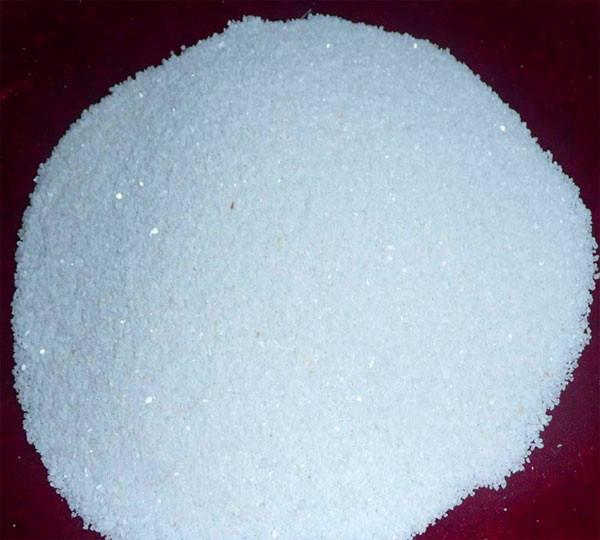In rapid prototyping, the sandblasting process uses compressed air as the power to form a high-speed jet beam to spray the spray material to the surface of the workpiece to be processed at high speed, which changes the appearance of the workpiece surface. Because of the impact and cutting of the abrasive on the workpiece surface, the effect is to obtain a certain degree of cleanliness and different roughness on the surface of the workpiece, thereby improving the mechanical properties of the surface of the workpiece.
The general materials used for sand blasting are copper ore sand, quartz sand, emery sand, iron sand and sea sand.The general material for rapid prototyping is quartz sand.

Also, there are several different levels of sand blasting and the sand blasting level is cleanliness. According to International common standards are generally divided into 4 grades.
1. Sa1 (sweeping level)-equivalent to the US SSPC-SP7 level, Sa1 level is also called manual brushing and cleaning level. Generally simple manual brushing and emery cloth polishing methods, this is the lowest level of the four cleanliness. Technical standards for Sa1 treatment: no oil, grease, residual oxide scale, rust, and residual paint should be visible on the surface of the workpiece.
2.Sa2 level (technical level)-equivalent to the US SSPC-SP6 level, Sa2 level is also called commodity cleaning level, using sandblasting cleaning method. Sa2 level processing technical standards: the surface of the workpiece should not be visible greasy, dirt, scale, rust Skins, paints, oxides, corrosives, and other foreign substances (except for defects), but the defects are limited to no more than 33% of the surface per square meter, and may include slight shadows; a small amount of slight discoloration caused by defects and rust; oxide skin And paint defects.
3. Sa2.5 level (near-white level or out-white level) - Sa2.5 level is also called near-white cleaning level, which is commonly used in industry and can be used as acceptance technology. Technical standard for Sa2.5 treatment: same as the first half of Sa2 requirements, but the defects are limited to no more than 5% per square meter of surface and may include slight shadows; a small amount of slight discoloration caused by defects and rust; oxide scale and paint defects.
4. Sa3 level (or white level)-the level is equivalent to the US SSPC-SP5 level, is the industry's highest processing level, also known as the white cleaning level. Technical standard of Sa3 treatment: same as Sa2.5, but 5% of shadows, defects, rust must not exist.
We have professional sandblasted and operators with lots of experience that are able to provide good quality products. If you are interested in sandblasted process or any other rapid prototyping technology, welcome to contact us at enquiry@nice-rapidtooling.com to get more details.







